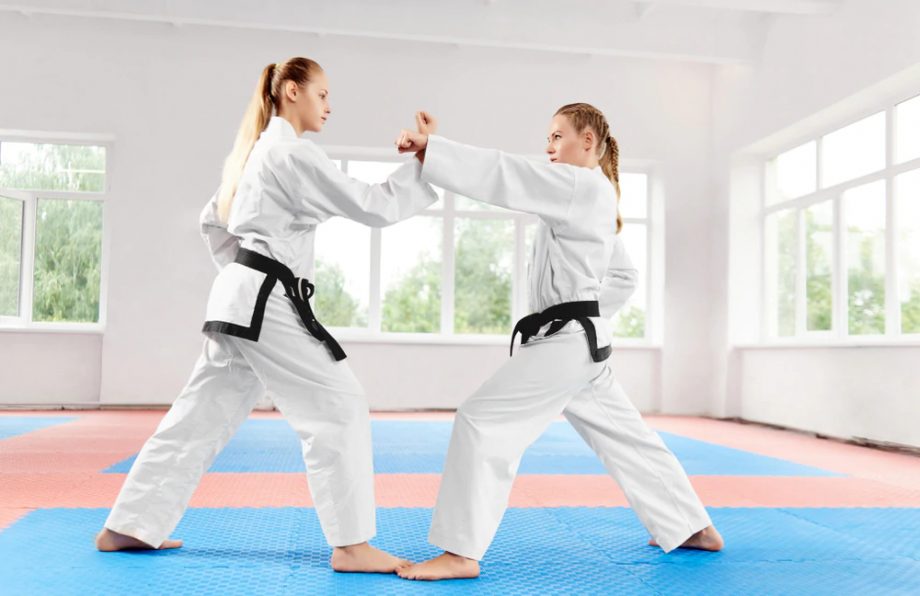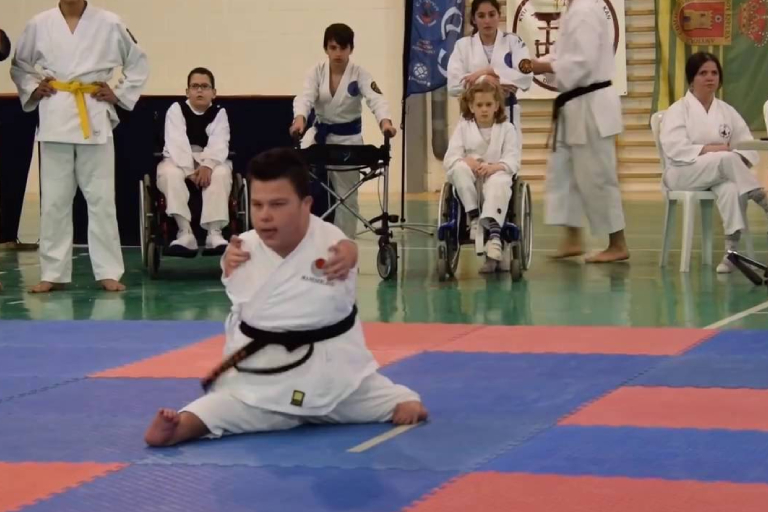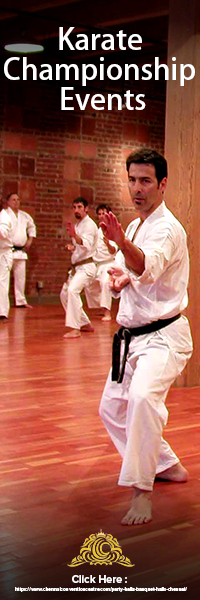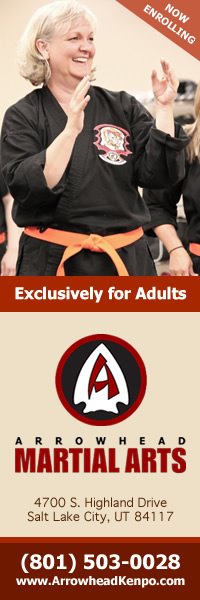Disabled People’s Karate Adaptation
Due to the misconception that karate is only for macho fit athletes, disabled people are often excluded from practicing this martial art. Karate was created as a means of self-defense and discipline in Okinawa by Okinawan farmers who were not allowed any other weapons; therefore, it should be inclusive rather than exclusive. Disabled individuals with physical disabilities such as blindness or prostheses can practice certain aspects of karate like stances, blocks, punches/kicks without having anyone hold their hands on them – but they cannot do more advanced techniques involving jumping, which require balance. On the other hand, blind students have an advantage over sighted ones because they depend less on visual stimuli while studying movement patterns during sparring sessions due to heightened auditory sensory awareness.
In the Western world, we are taught from an early age that karate is only about fighting. However, in Japan and other Asian countries where it originated, people know better–karate is much more than just a form of self-defense for martial artists; they can use it to improve one’s mental state as well. Those with disabilities should probably think twice before engaging in any type of physical activity because of this! That being said, though do you want to learn?
Karate was originally designed for people with no disabilities, but the original rules leave many important considerations. For example, a karate kick requires two feet and hands, so it is impossible to use these techniques if you have one foot or hand disabled. In order to accommodate this issue, adaptive versions of karate were created that account for different physical abilities while still keeping true to traditional principles such as timing and focus.
Adapted Karate For People With Disabilities:
Karate is an amazing martial art, but the traditional rules of karate often prevent people with disabilities from enjoying it. Adapting these simple changes to suit their needs can make for a more inclusive and enjoyable experience. For example, training seminars geared towards disabled students will help them develop crucial skills without feeling embarrassed or ashamed because they’re not able to keep up with other participants in regular classes. Personal trainers offer personalized attention which helps those practicing disability-inclusive karate feel like part of a community rather than being excluded due to physical limitations such as lack of agility or hand strength.
It’s important to offer a variety of methods for learning and with autistic students in mind. Individual training has the disadvantage of being relatively expensive; however, this handicap can be improved by group education sessions where they are paired up with someone who understands their needs – like teachers or peers from similar backgrounds.
In recent years, the rules of karate competition have been undergoing constant change to accommodate competitors with physical and mental disabilities. In 2006, a commission was established by the World Karate Federation for this purpose-the Para-Karate Commission. They work on developing different levels within each spectrum so that everyone has an equal chance at winning! Who made the first changes to meet wheelchair artists’ needs due to their varying degrees of disability (deafness/dumbness or blindness).
A specific medical examination is needed for disabled artists to compete. Para-karate was recognized as a paralympic sport in 2015 and has made tremendous progress since then.







